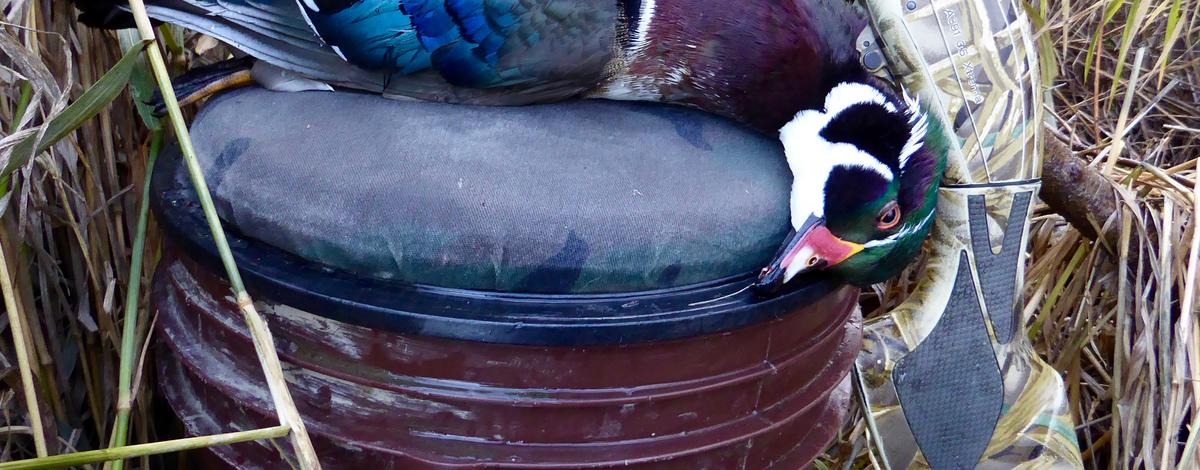A recent survey conducted by Idaho Fish and Game found that 79 percent of waterfowl hunters surveyed preferred a continuous season and 69 percent want the season to run as late into January as possible. Idaho Fish and Game commissioners will set the 2017-18 waterfowl seasons on April 11.
Being a geographically diverse state leads to some management challenges that Idaho Fish and Game tries to address as it navigates the rule-making process within the U.S. Fish and Wildlife Service federal framework, which sets the maximum season length, season dates, and bag limits for Idaho’s waterfowl hunting seasons. States can be more restrictive than the federal framework, but can’t be more liberal. As examples, the earliest a duck season can start is September 24, and the latest it can end is the last Sunday in January.
Waterfowl hunters in southwest Idaho prefer a late closing date so they can take advantage of late-winter migrations. But hunters in other parts of the state prefer earlier hunts because their hunting spots are frozen in January and most waterfowl have migrated out of the area.
Since 1997, the U.S. Fish and Wildlife Service has allowed liberal duck seasons (107 days, seven-bird daily limit), and Idaho Fish and Game commissioners have adopted a 105-day season with a two-day youth hunt. The 2017 proposed bag limit for individual species is the same as last year except hunters would be limited to one pintail.
Goose season frameworks are determined by flyway management plans for each goose population. These plans identify population status and goals, which help guide harvest management.
To understand hunter preferences about how best to structure seasons within the above guidelines, Fish and Game conducted surveys in 2012 and 2016. Hunters were selected at random from the pool of individuals who purchased Migratory Bird Permits, and online responses were also solicited during 2016. The survey questionnaire was mailed to over 4,000 randomly sampled hunters. If hunters did not send back the mail-in questionnaire, Fish and Game staff attempted to contact them by telephone. Idaho Fish and Game received complete surveys from 1,574 hunters. The survey questionnaire was also available on Fish and Game’s website, and garnered another 315 responses.
In 2016, Fish and Game officials particularly wanted to know if waterfowl hunters preferred a continuous or a split season, and if they prefer an earlier or a later season where they hunt.
A continuous season was defined as 105 straight days of waterfowl hunting for ducks and Canada geese. A split season has a break with some closed days within the season, but still has 105 total days of hunting.
In response to the survey, Idaho will have four different zones for the next four seasons. North Idaho and eastern Idaho are now separated, and Franklin and Onieda counties were added to Zone 3 (which includes much of north and south Idaho). Newly added Zone 4 consists solely of Valley County. See link below for zone maps.
Here's a summary of survey responses and more details about setting waterfowl rules.

